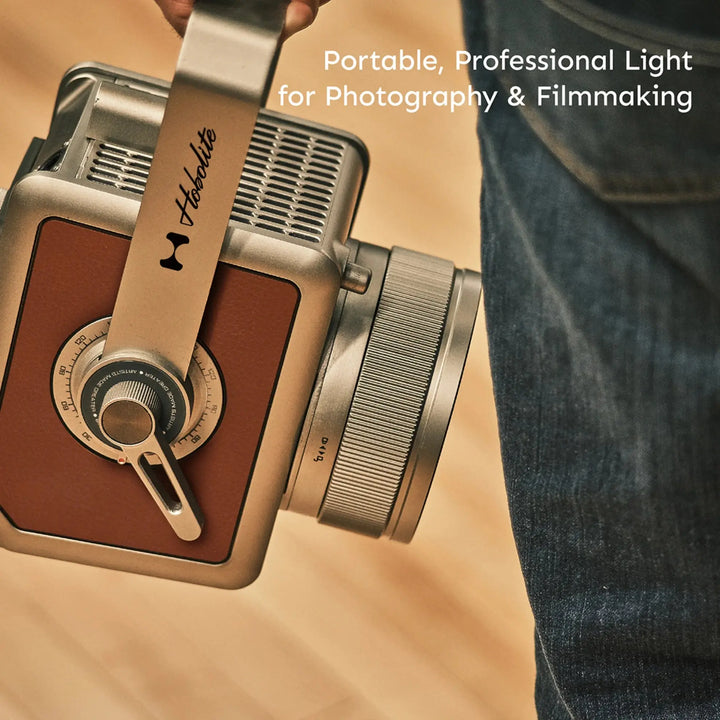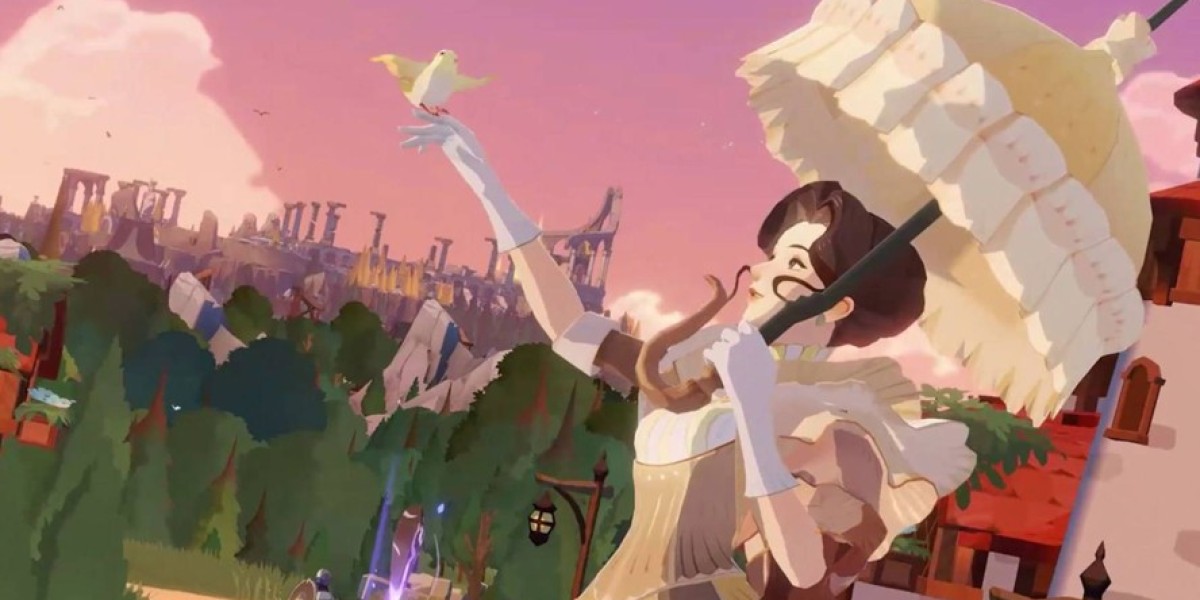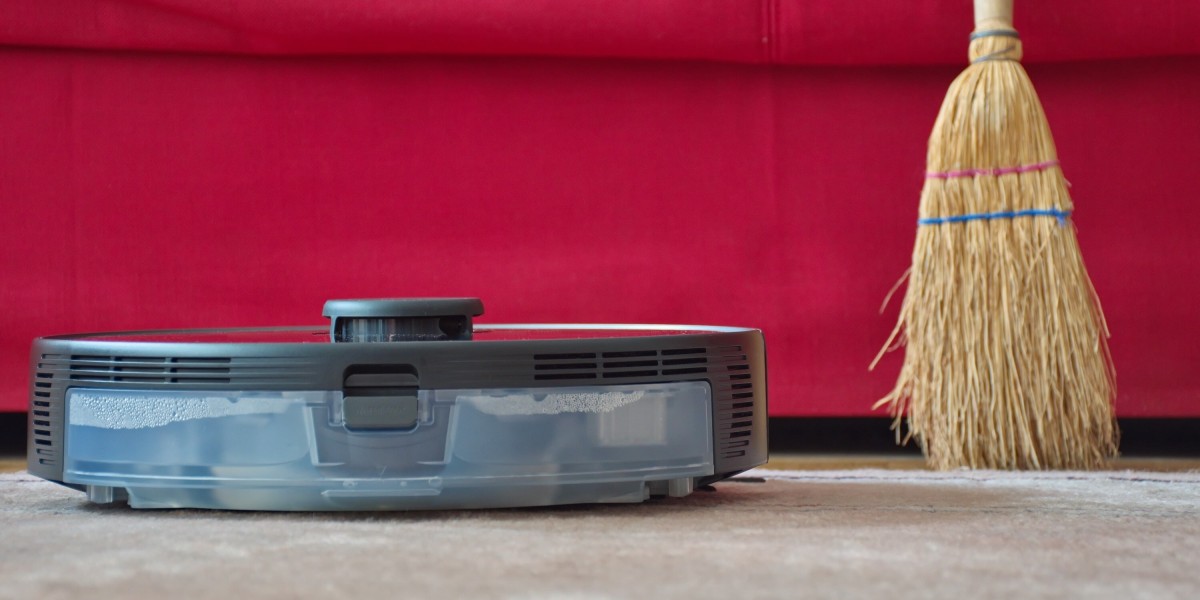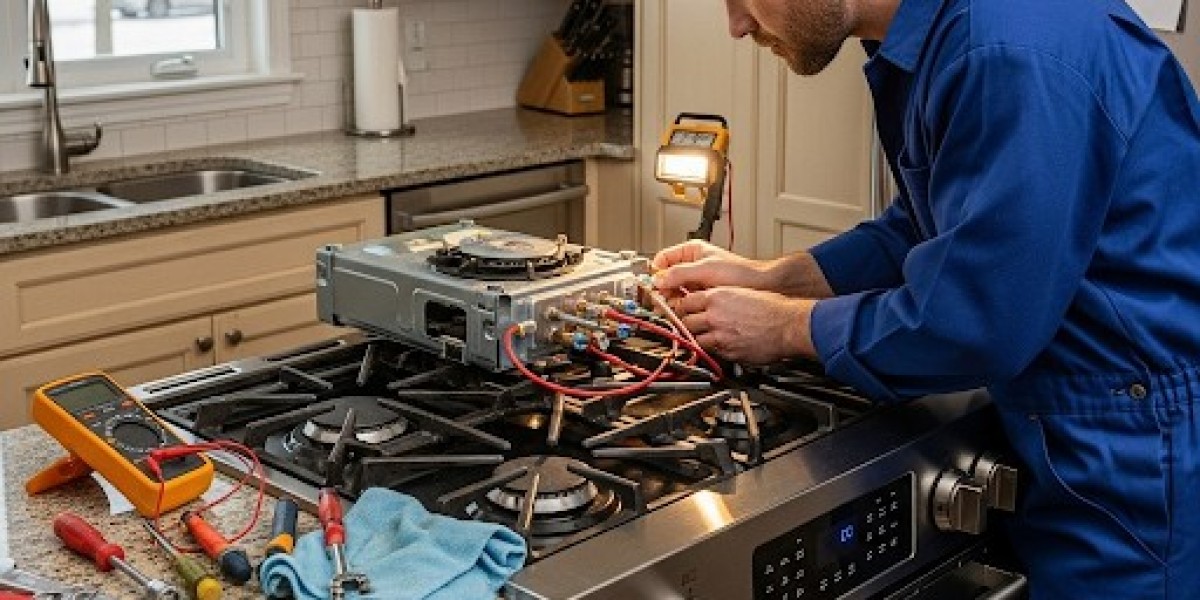Unlocking the Secrets of Studio Lighting: Transform Your Photography Game!
When it comes to photography, lighting can make or break an image. Studio lighting is fundamental in creating high-quality images that convey the right mood and atmosphere. Whether you are a professional photographer or an enthusiastic beginner, understanding the various types of studio photography lights is essential for enhancing your craft. In this article, we will explore different types of studio lights, their characteristics, and how they can be used to elevate your photography. From continuous lighting to strobe options and accessories like softboxes and umbrellas, you will gain insights into how each type can transform your images.

Understanding Studio Photography Lights
Studio photography lights are artificial light sources specifically designed to illuminate subjects in a controlled environment. They provide the ability to manipulate light quality and direction, allowing photographers to create the desired mood and effect. The significance of studio lights cannot be understated; they allow for consistent, reliable lighting that can be adjusted to suit various shooting styles and subjects. Whether you are capturing portraits, product photography, or creative setups, the right lighting can highlight details, enhance colors, and help in achieving a professional look. My friend, who is a seasoned photographer, often emphasizes that mastering lighting is just as crucial as honing your composition skills.
Types of Studio Photography Lights
There are several types of studio photography lights, each with unique characteristics and applications. Understanding these types can help you make informed decisions based on your specific photography needs. Here are the primary categories of studio lights:
Continuous Lighting
Continuous lighting is a type of studio light that remains on, providing a constant source of illumination. This type of lighting is beneficial for photographers who need to see how the light interacts with the subject in real-time. Continuous lights include LED panels, fluorescent bulbs, and tungsten lights, each offering different color temperatures and brightness levels. One of the main advantages of continuous lighting is its ability to create a natural look, which is particularly useful for video shoots or stills that require precise light manipulation. Personally, I recall a time when I assisted a friend with a portrait session. We used continuous lighting to achieve a soft, flattering glow on the model’s face, making it easier to capture the right expression without the sudden flashes associated with strobe lights.
Strobe Lighting
Strobe lighting, also known as flash lighting, uses short bursts of intense light to illuminate subjects. Unlike continuous lighting, strobe lights only flash when triggered, allowing for quick exposures that can freeze motion and eliminate blurriness. This type of lighting is popular for studio photography due to its powerful output and versatility. Strobe lights often come with adjustable power levels, enabling photographers to control the intensity of the light. Additionally, they can be used with various modifiers to soften or redirect the light. A fellow photographer friend of mine swears by strobe lights for capturing high-speed action shots; she loves how they can freeze a moment in time, producing stunning clarity in her images.
Softboxes and Umbrellas
Softboxes and umbrellas are essential accessories in studio lighting setups, primarily used to diffuse light and create softer shadows. A softbox is a rectangular or octagonal enclosure that surrounds a light source, softening the harshness of direct light. This results in a more flattering illumination, particularly for portraits. On the other hand, umbrellas are typically made of reflective material and can either bounce or diffuse the light, depending on how they are positioned. Using these modifiers can significantly affect the quality of light, allowing photographers to achieve a more professional look. I remember experimenting with both softboxes and umbrellas during a lighting workshop; the difference in the shadows and highlights was remarkable, showcasing the importance of modifiers in studio photography.
Choosing the Right Lighting for Your Needs
When selecting studio lights, it’s crucial to consider the type of photography you want to pursue. Different lighting setups will yield varying results, and understanding your objectives can help you choose wisely. For instance, if you are shooting portraits, soft lighting might be ideal, making softboxes a go-to option. Conversely, if your focus is on product photography, strobe lighting can help emphasize details with precision. Additionally, consider the space you have available; continuous lighting is often more manageable in smaller studios, while strobe lights can offer more flexibility when working in larger areas. Ultimately, experimenting with different lighting types and setups will help you discover what works best for your personal style and subject matter.
Elevating Your Photography with Studio Lights
Understanding the various types of studio photography lights is an essential step in elevating your photography skills. Each type of light offers unique advantages and applications, allowing you to craft images that are not only visually appealing but also tell a story. From continuous lighting for live sessions to strobe lighting for dynamic shots, the right choice can transform your work. As you explore these options, remember to experiment and find the lighting that best suits your style and needs. With practice and creativity, you can unlock the full potential of studio lighting and take your photography game to the next level!








